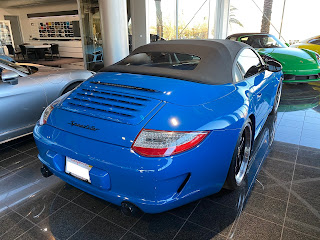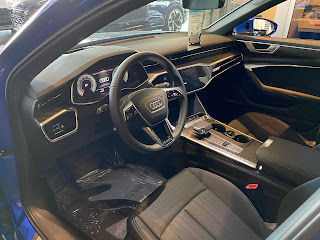The 718 Spyder is the current hardcore, track-focused version of the Porsche Boxster and the open-top version of the 718 Cayman GT4. Like the Cayman GT4, but unlike the standard 718 Boxster, the 718 Spyder is powered by a naturally-aspirated 4.0-liter flat-six producing 414 horsepower and 317 lb-ft of torque mated to either a 6-speed manual or a 7-speed PDK dual-clutch. It launches from 0 to 60 mph in 3.8 seconds and is capable of a top speed of 187 mph. Unlike other track-focused Porsche models, the 718 Spyder doesn't have as many features removed from its standard version for optimal weight savings and performance. Pricing for the Porsche 718 Spyder starts at $97,300. Overall, the 718 Spyder is a fantastic roadster with one of the purest driving experiences of any open-top Porsche. It isn't my favorite Porsche model, but the 718 Spyder looks great and is quite underrated.
Also included in this post is a 718 Boxster GTS, the model and trim level slotted right below the 718 Spyder.























